Lindquist Compression Technique For Thoracic FNA
Home » Resources » Ultrasound-Guided Procedures » Lindquist Compression Technique For Thoracic FNA
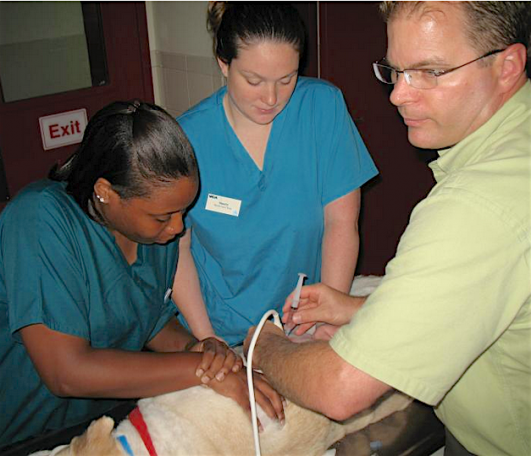
Image 1 (above): At times the lesion that we would like to sample is obscured by lung air artifact. Typically any lesion that is within 1 inch of the thoracic wall may be sampled with this described technique that just necessitates a few hands from around the room.
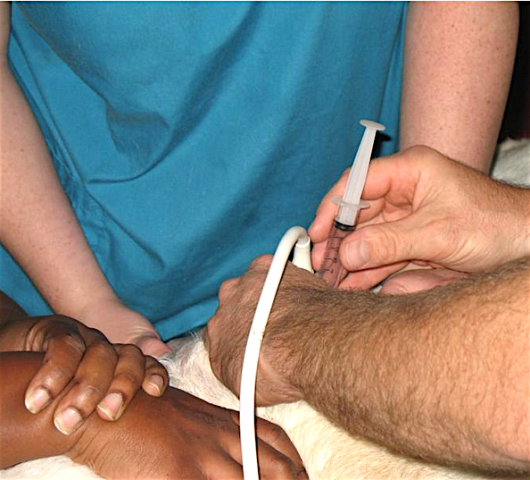
Image 2 (above): Shows the team effort needed to execute this compression technique.

Image 2 (above): Shows the team effort needed to execute this compression technique.
Images 3 & 4 (below): Demonstrate a lung carcinoma that was located in the right caudal lung field approximately 1-1.5 inches from the right caudal thoracic wall at the 7-10 intercostal space with the closes radiopacity near OC 10 which was our target.
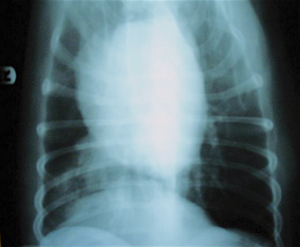
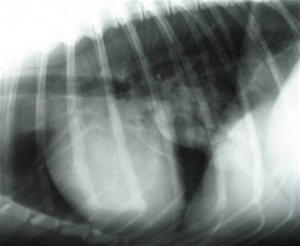
Below is an example of a thoracic target for FNA. The patient was sedated and while a technician applied pressure on the chest to enhance the sonographic window and get the lesion closer to the body wall, the sonographer guided the needle intercostally the same as you would for an intercostal liver FNA.
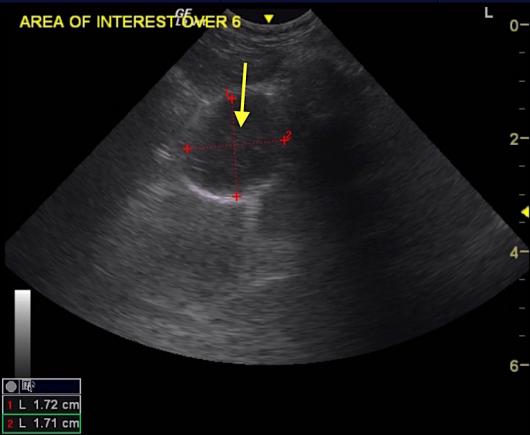
More Ultrasound-Guided Procedures
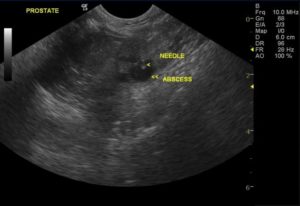
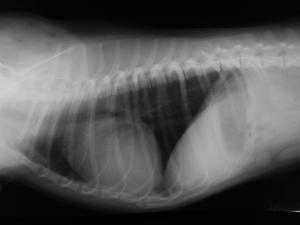
Bubble Study
The reason to perform a bubble study is to confirm the presence of shunting of blood from venous to arterial flow such as a Reverse VSD or a Reverse PDA.
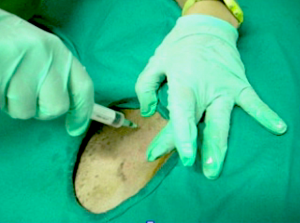

Gallbladder Motility Study
NPO overnight. Time 0 min: Measure GB in long axis and short axis from subxiphoid approach and right intercostal approach. The proper position is maximum
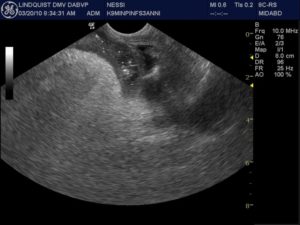
Intraoperative Ultrasound
We developed this technique to be used on any abdominal organ but is especially effective in case of infiltrative, focal and multifocal GI lesions.
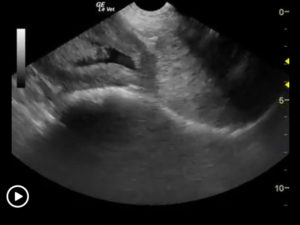
Traumatic Catheterization Procedure
Sedation Use largest open-end rigid polypropylene urinary catheter cut diagonally to create a sharp edge like a needle bevel. Lube heavily and pass catheter retrograde

UGELAB for Transitional Cell Carcinoma in the Dog
Dr. Dean Cerf, Ridgewood Veterinary Hospital NJ and Dr. Eric Lindquist, SonoPath.com For More Information Contact Dr. Dean Cerf at Ridgewood Veterinary Hospital, Ridgewood, NJ,
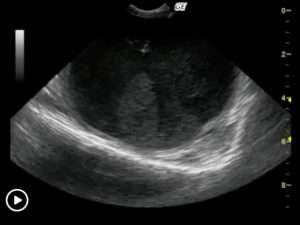
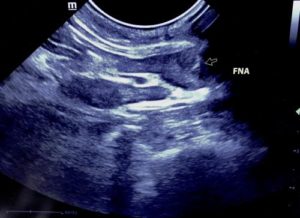
Ultrasound-Guided Lymph Node Culture
This type of lymph node sampling is helpful in determining infected lymph nodes vs. lymphoma. Supplies: 6 cc Luer lock syringe 1cc of saline 2
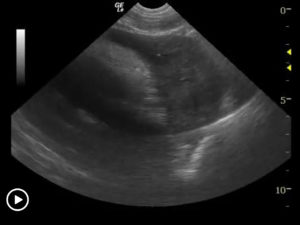
Ultrasound-Guided Pericardiocentesis
History Pericardial effusions typically cause some level of cardiomegaly on radiographs but note poor vascular volume in the pulmonary artery and vein. Muffled heart sounds

Ultrasound-Guided Sampling Procedures
Description Ultrasound-guided needle sampling is frequently used in the diagnostic evaluation of patients. Fine needle aspiration has the advantage of requiring minimal or no sedation
